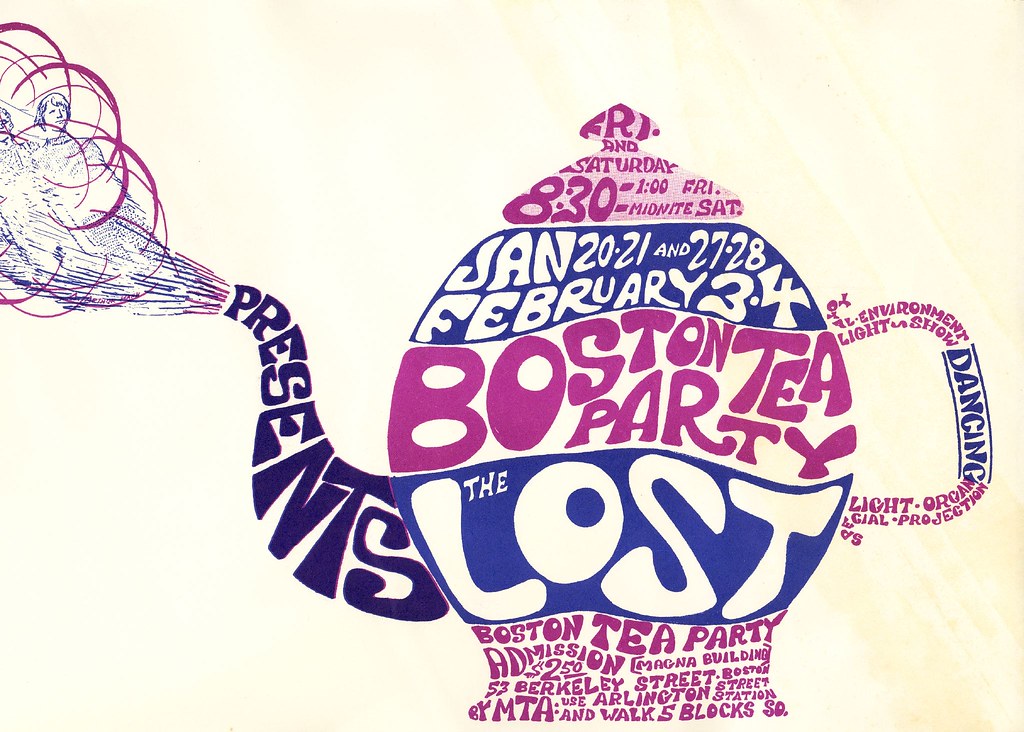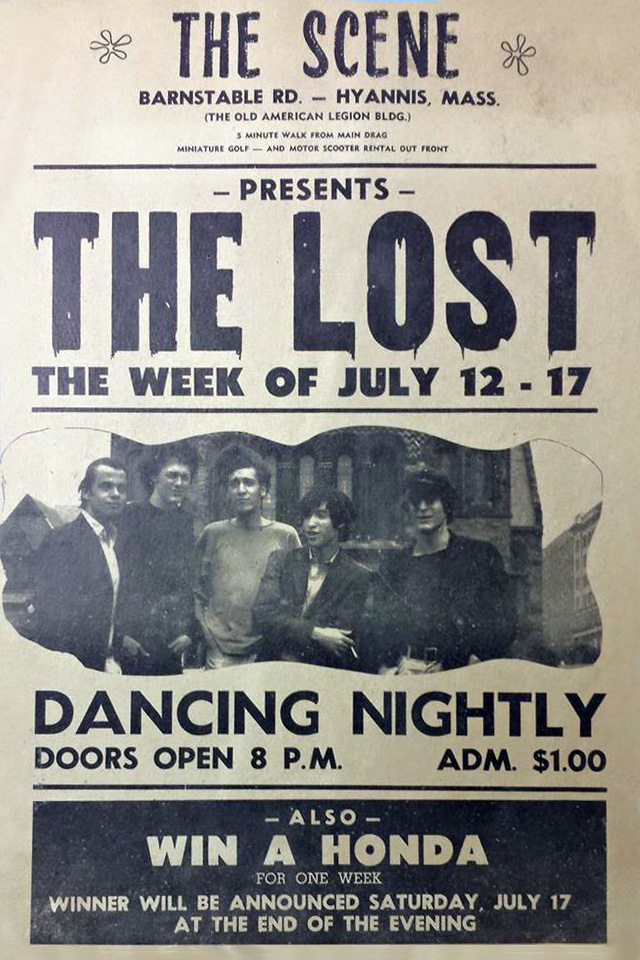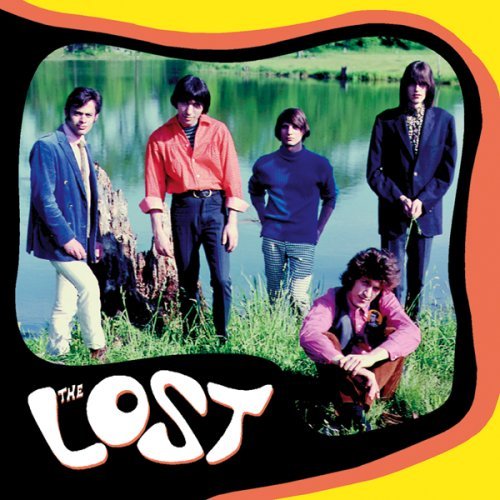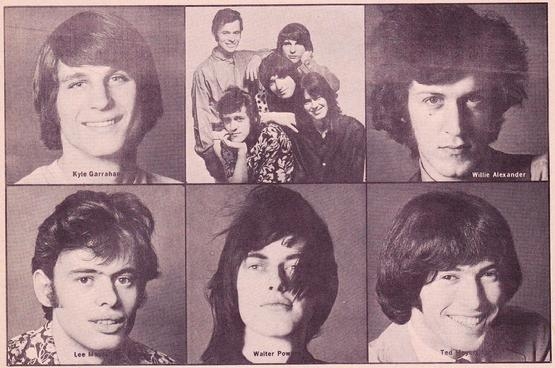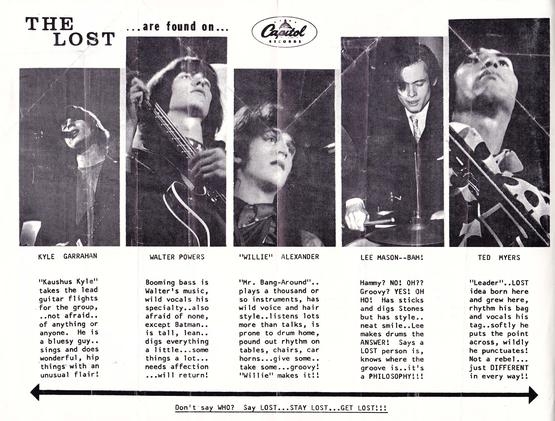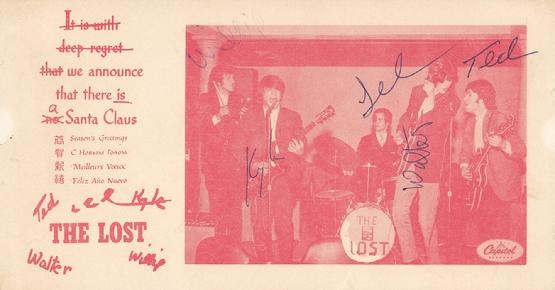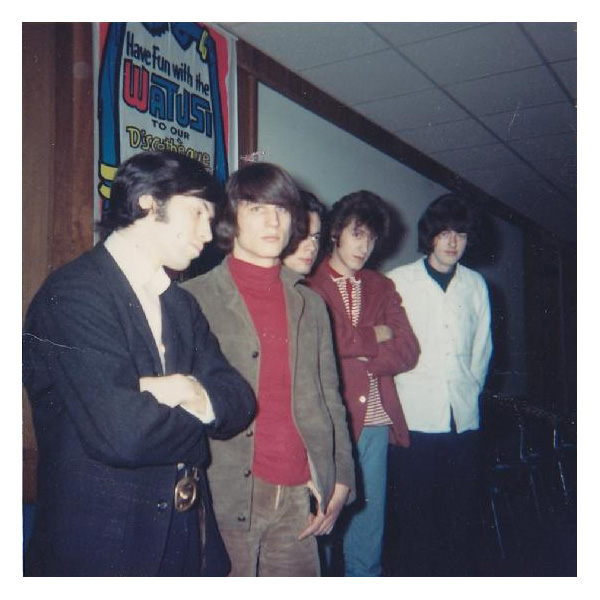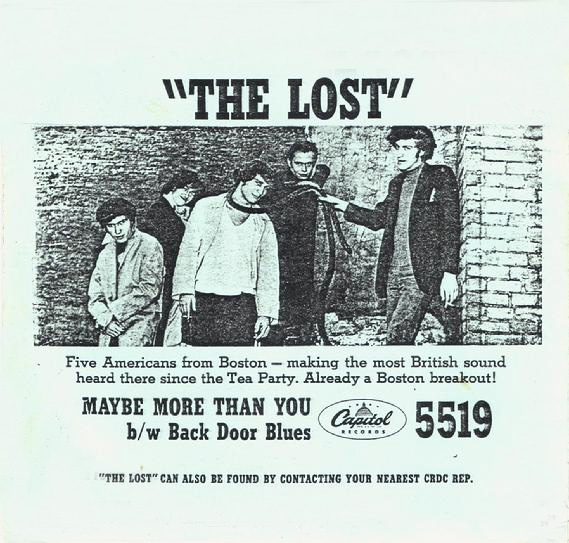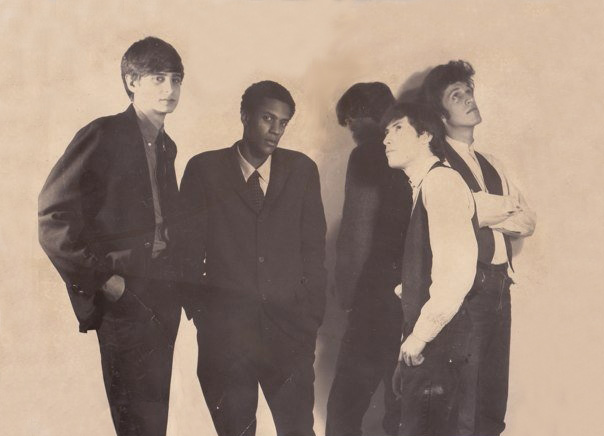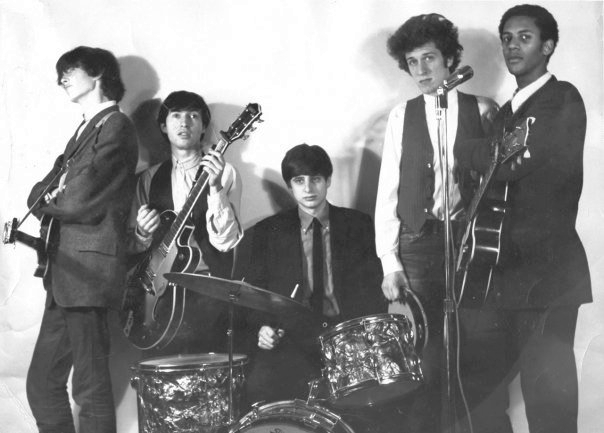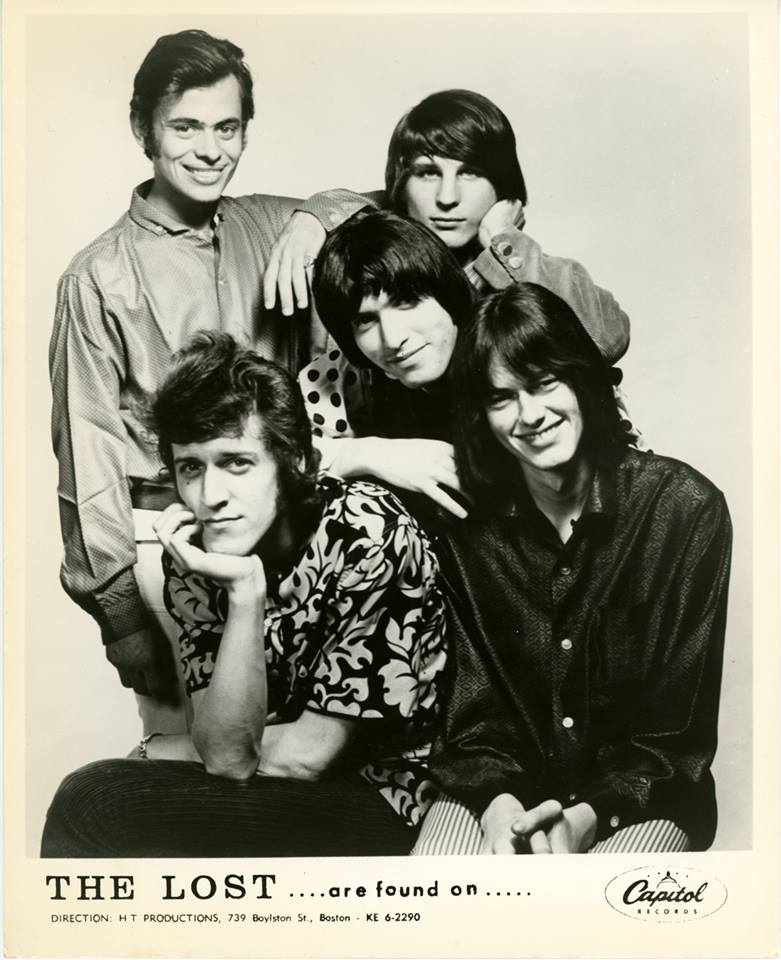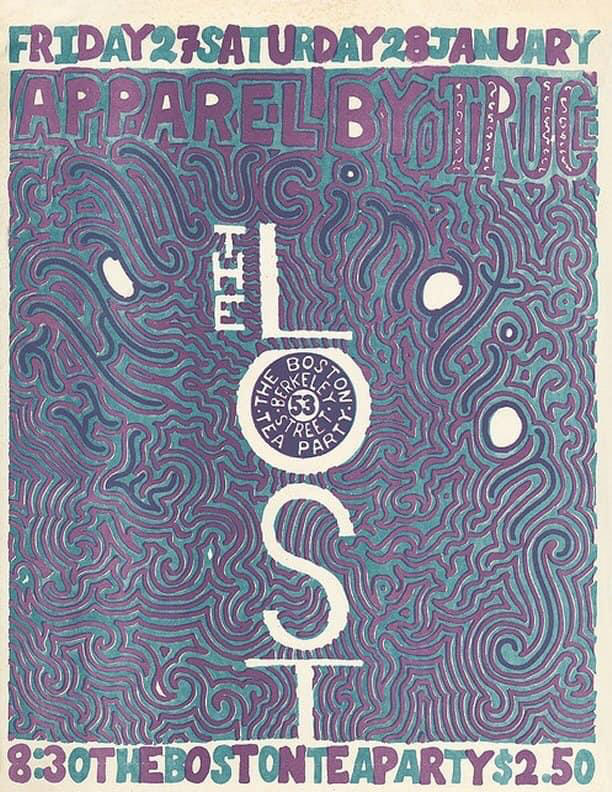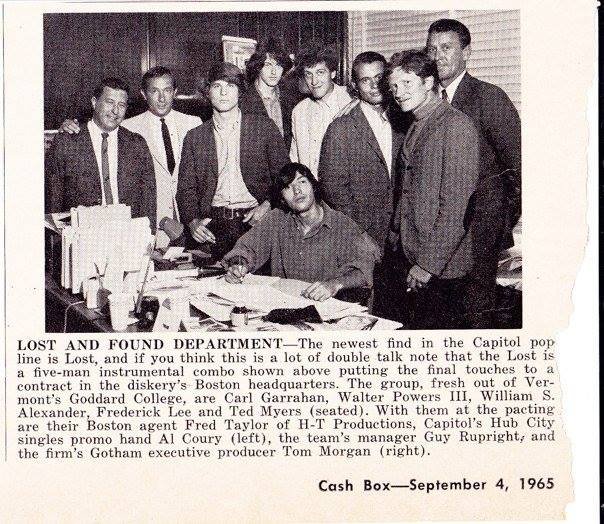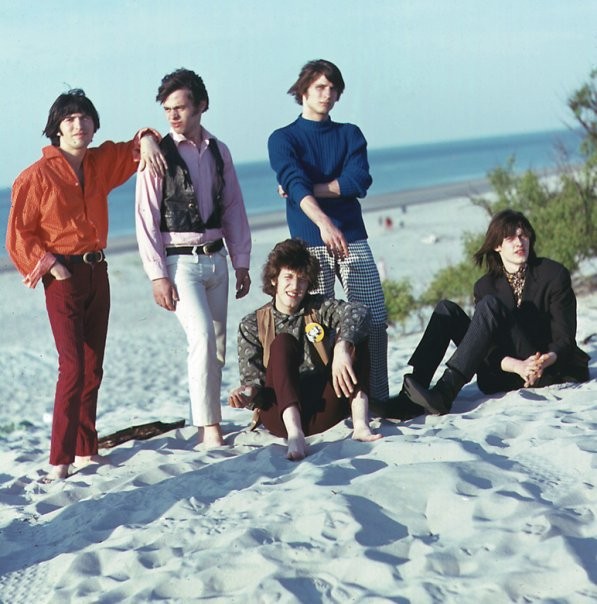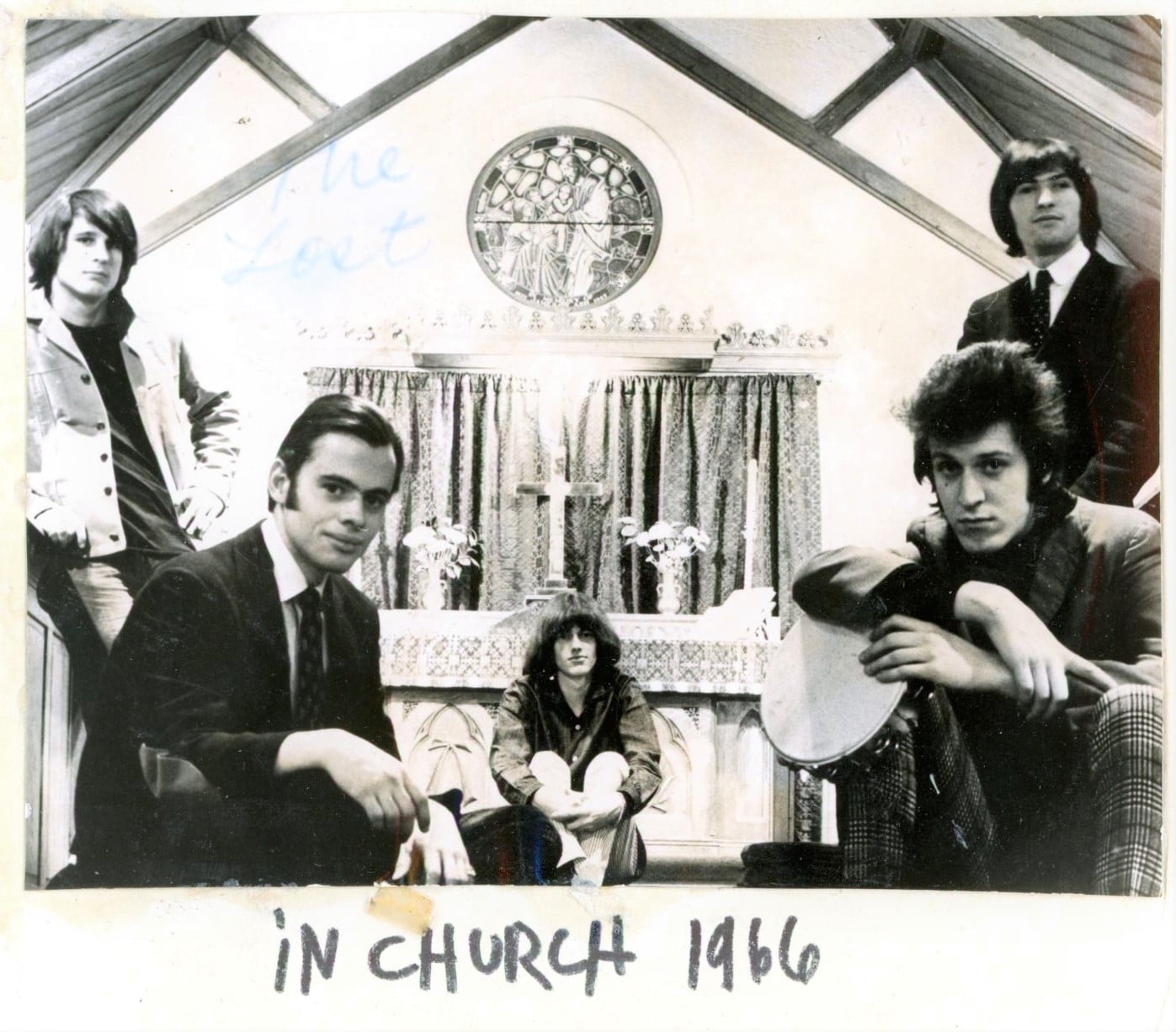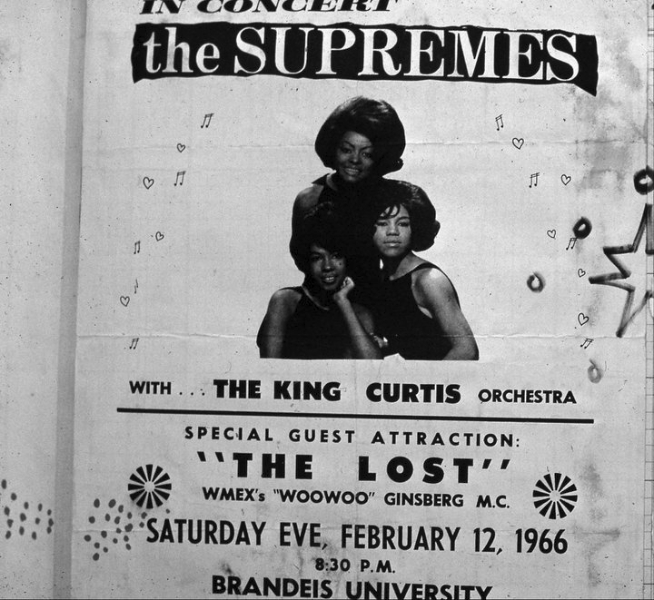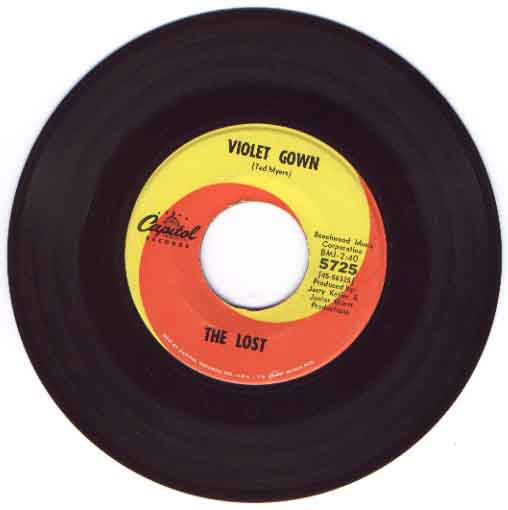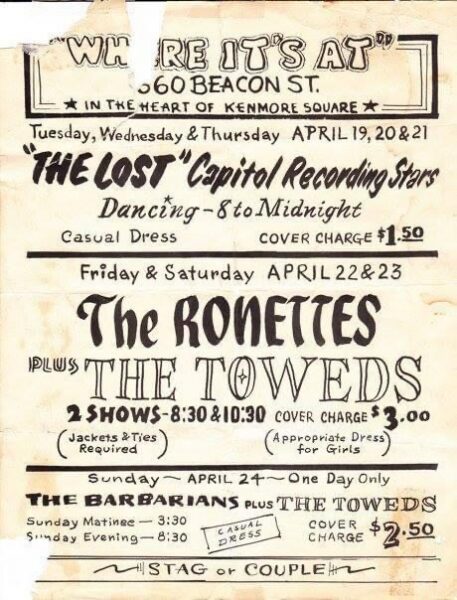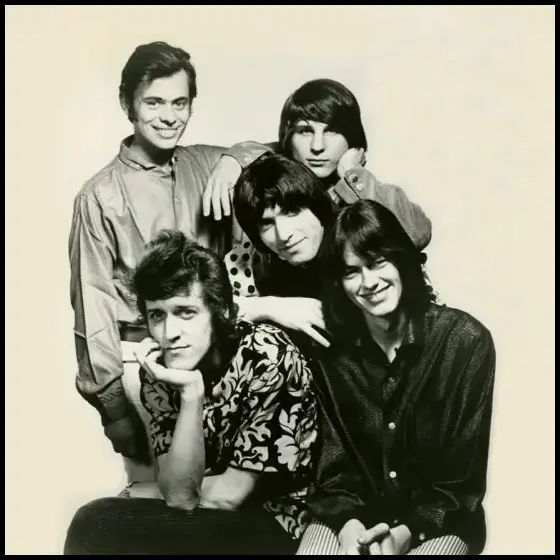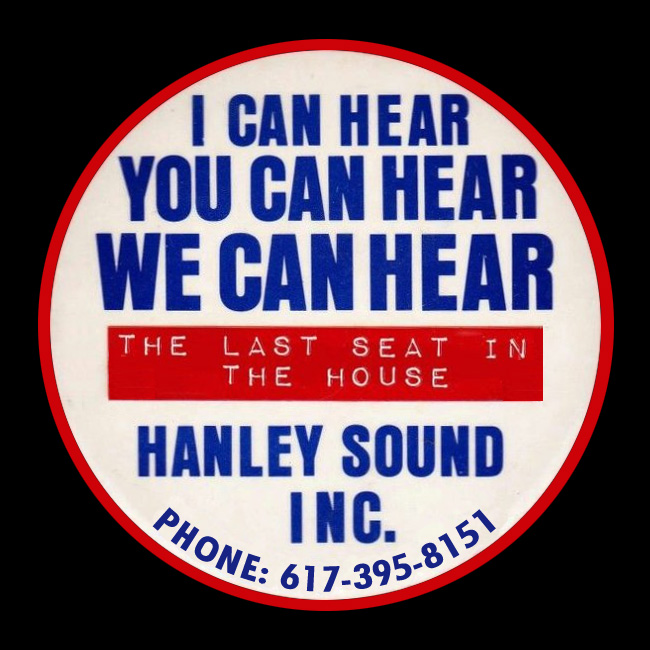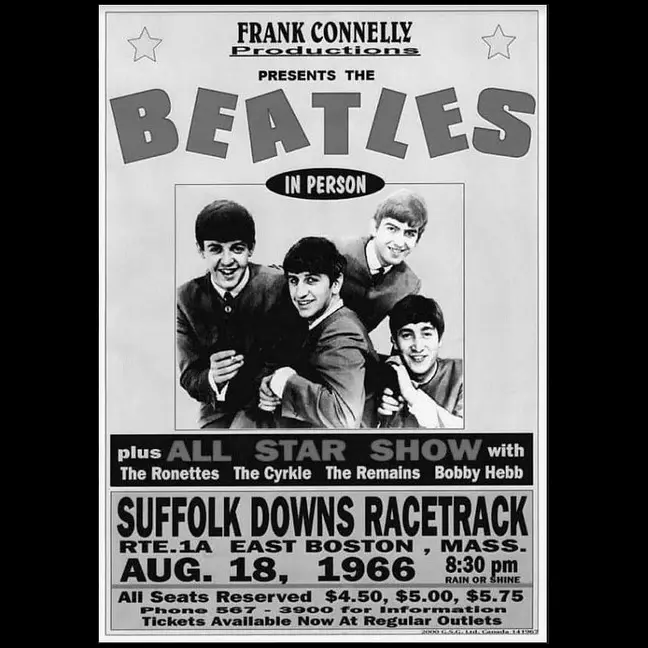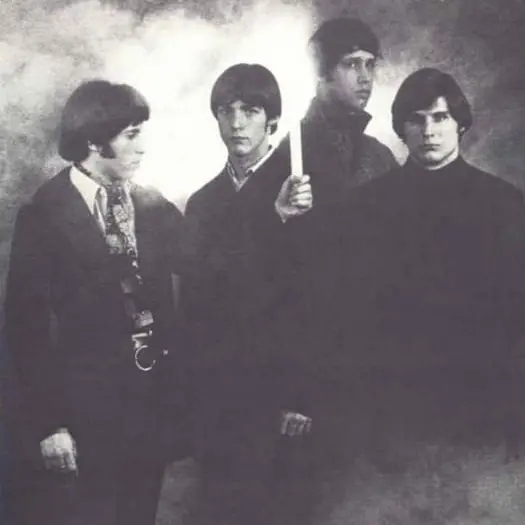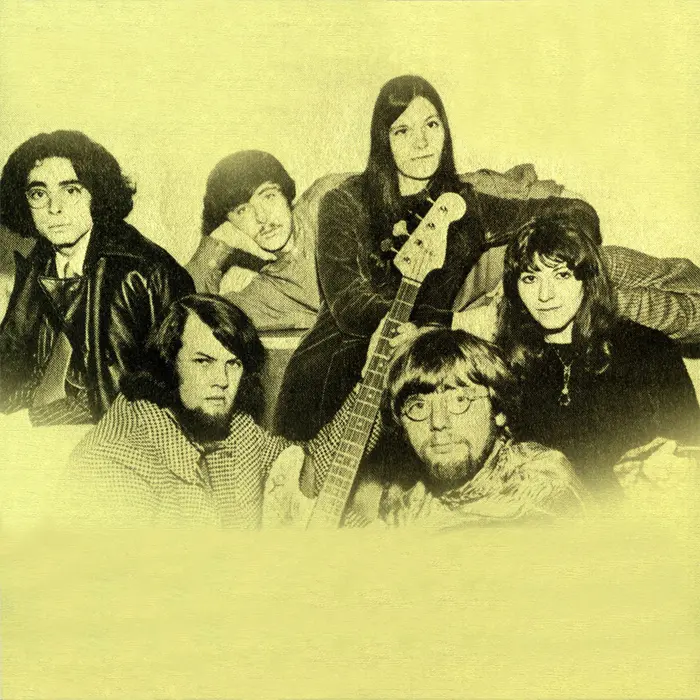Hairs Apparent
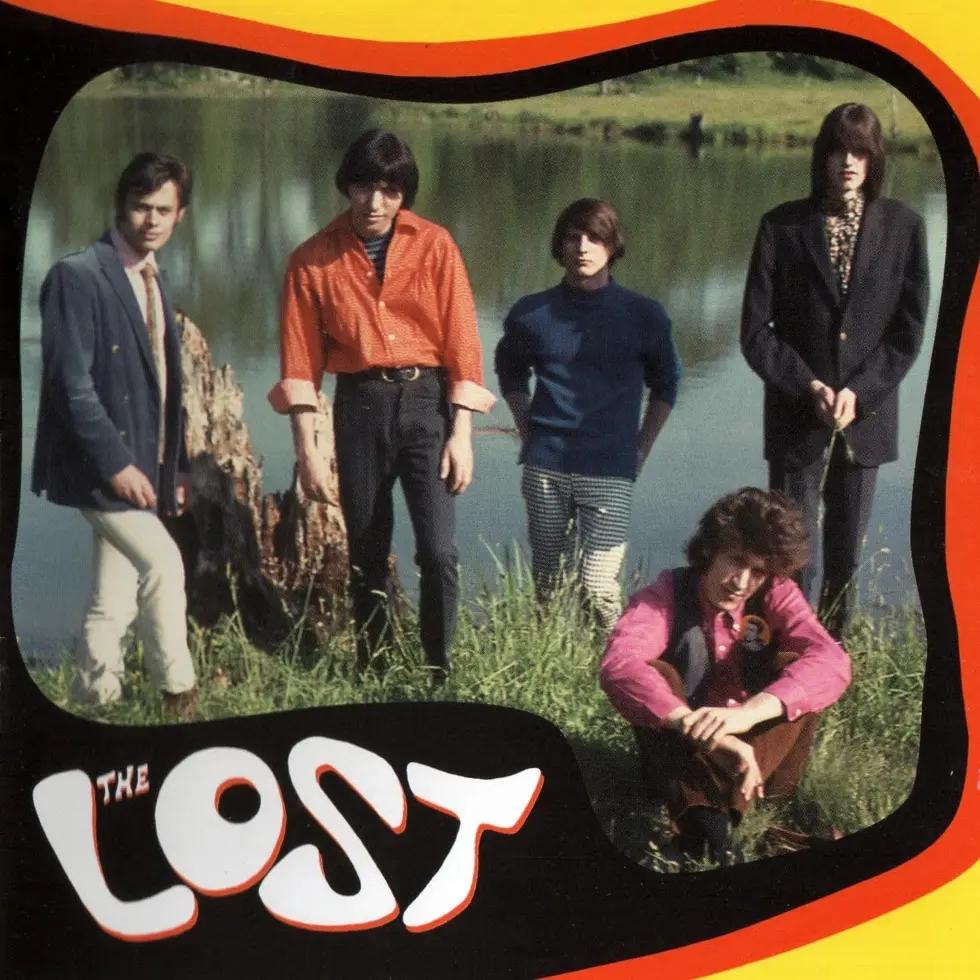
I think it was the Sonny & Cher gig that put us over the top. For a long time there, back in 1965, we were highly dissatisfied with the PA systems we encountered at almost every gig. By “we” I mean The Lost, my first rock ‘n’ roll band, a raggle-taggle bunch of white punks on dope stumbling toward ecstasy at the dawn of what’s now called “the psychedelic era.”
So, there we were, opening in Troy, New York for Sonny & Cher, who were huge at the time. Second on the bill was Len “1-2-3” Barry (“1-2-3” being his #2 hit in 1965). So why, I ask you, why was it that when we took to the stage and started singing – as the very first act of the night – absolutely nothing came out of the stinkin’ PA? It took a few moments for us to realize that the words were going completely unheard.
Thinking fast, I called out to my lead guitarist: “Instrumental!” He gave me a totally uncomprehending look. “Instrumental!” I yelled again and we shifted gears – quite seamlessly, if I may say so myself – to the Stones’ “2120 South Michigan Avenue,” one of our staples. I knew the guys in the sound booth were doing their damnedest to fix the problem so I wanted to buy them some time. Yes, I was actually thinking of their well being! We vamped on the tune for what must have been 10 minutes, then ended the song to scattered applause. I approached the mic and said, “Hello! Can you hear me?” Nothing.
I guess it was this experience that got us to thinking we should bring in our own sound system. Remember, there were no onstage monitors and multi-track mixing boards in 1965. There were no sound roadies accompanying every act, busting the balls of the promoter if the sound wasn’t just right during the sound check. There weren’t even sound checks! You just walked onstage and played. The people doing the sound at these places didn’t know or care about your music. They didn’t know you from P.J. Proby and basically couldn’t care less how your band sounded.
I don’t remember who suggested the Hanley brothers, Bill and Terry, who were developing a reputation in and around Boston for being the cutting edge of live sound. Four years later, by which time The Lost were long gone, they were behind the sound at Woodstock, which put them on the global map. But in 1965, we were, briefly, the flavor of the year. We were Capitol Records’ new wunderkinds, the “hairs apparent” to The Beach Boys and The Beatles. So when we were booked to open for The Supremes in a huge indoor stadium at Brandeis University in February 1966, we called the Hanleys. We would not be unheard again!
Bill and Terry brought in a pair of speaker stacks that looked like Godzilla’s port-a-potties. They mic’d every amp, and even every drum. There were monitors at our feet (a luxury, as I said, that was virtually unheard of at the time). The Supremes and their backup band, The King Curtis Orchestra, were relegated to using the house sound system. We heard some chatter backstage about how the Student Activities Committee had settled for us as a second choice, which we didn’t like one bit. They really wanted to book The Blues Project (some of whom were Brandeis alumni), so we had something of a chip on our shoulder from the moment we walked onstage at 8:00 pm sharp. We could sense a certain air of hostility but we were ready to rock the socks off those collegiate snots.
Our first number was an original that started off with a big, ringing guitar chord–sort of a “brang!” I remember hitting that chord and seeing the first five rows go down. The sound was so massive, so incredibly loud and so totally unexpected that it made them dive under their seats. As soon as we started to sing, another few rows went under the chairs. By the time we were halfway through the opening song, most people in the audience were standing up and booing with their fingers in their ears. It began to dawn on us that we were killing our audience with sheer volume – “sissies,” we thought.
As we ended the first tune, there was a cacophony of boos and cries of “Get off!” We were insulted, but pressed on doggedly. We tried to turn our amps down, but that did little good with the close mics. Frantically looking for one of the Hanley brothers, I searched the horizon only to find that neither one was anywhere to be seen. After the second song, the boos became even louder – a deafening din of utter rejection – and we couldn’t stand it any longer. We retreated from the stage, flipping the crowd off as we fled. If these fools weren’t ready for state-of-the-art technology, I thought to myself, someone else would be, sooner or later.
Unfortunately, later turned out to be sooner for The Lost. We lasted only about a year on Capitol, which never picked up any of the six options we had left on our contract. We did make some breakthroughs during the quarter hour of our rock ‘n’ roll fame, however: we were the first (that I know of) to use psychedelic lighting as part of our show, among the very early users of feedback and other sound effects (generated from a weird array of honkers, tooters, sirens and other gizmos) and, as you now know if you didn’t already, were among the pioneers the sound technology routinely used at live shows to this day. Think of it this way: A few eardrums had to be sacrificed so that millions could rock in the future.
(by Ted Myers)
Ted Myers is a songwriter, musician and producer living in Los Angeles. He was a founding member, with Willie “Loco” Alexander and Walter Powers, of The Lost, one of Boston’s pioneering rock bands. He was also a member of Chamaeleon Church and Ultimate Spinach.

